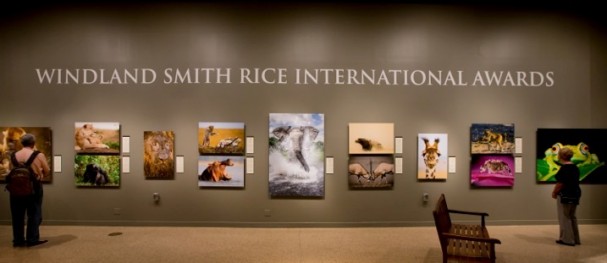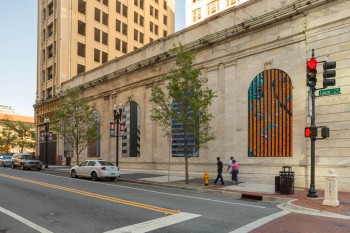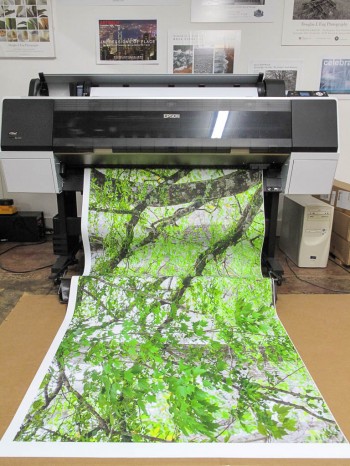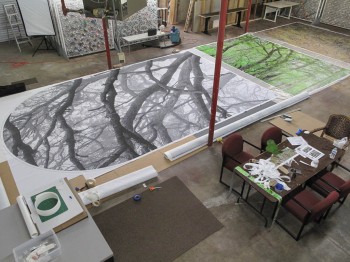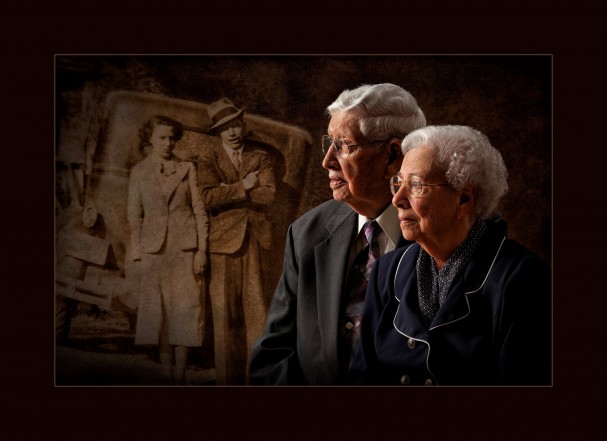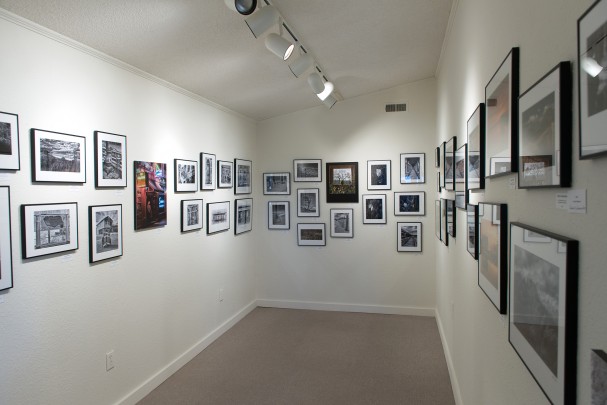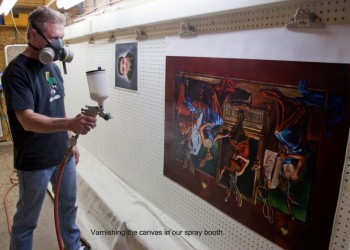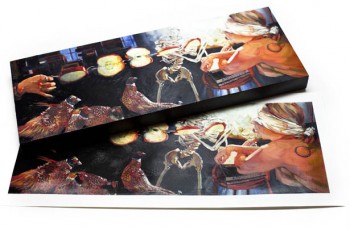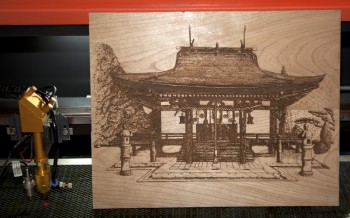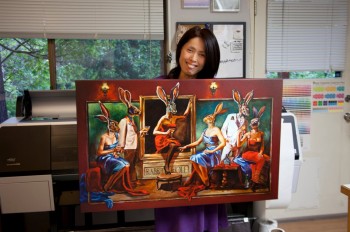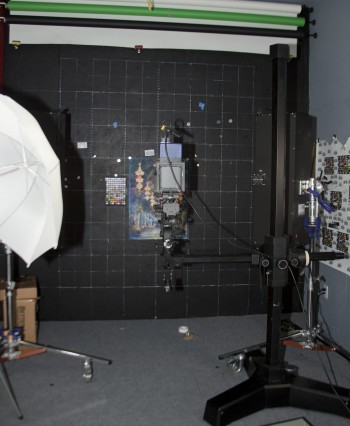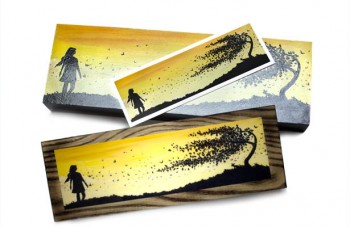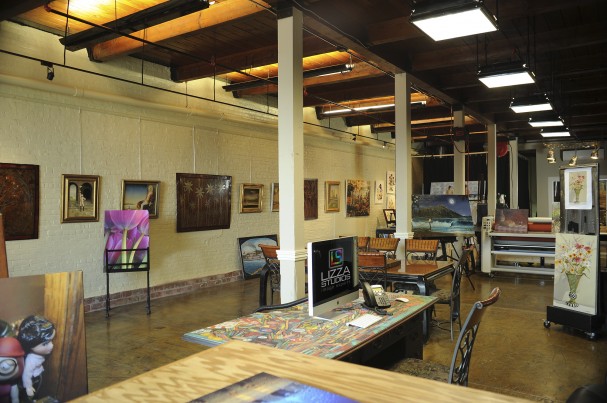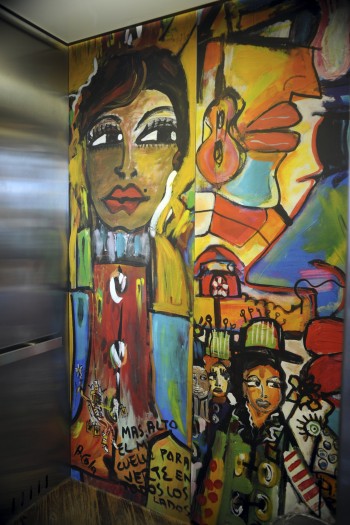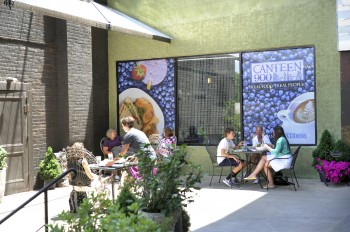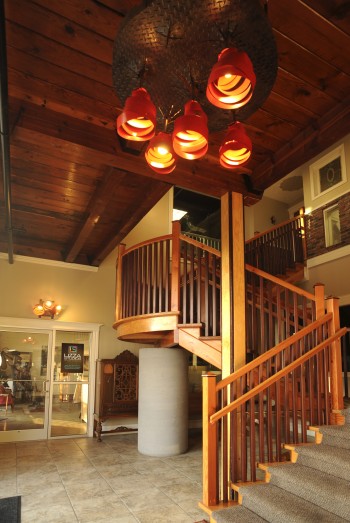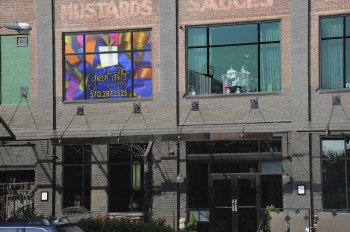Each year, winners of the prestigious Windland Smith Rice International Awards are showcased at the Smithsonian National Museum of Natural History. This year, you can find the exhibition on the Rotunda level in the Special Exhibitions Hall next to the Mammal Hall. The exhibit is free and runs all the way through March of 2014.
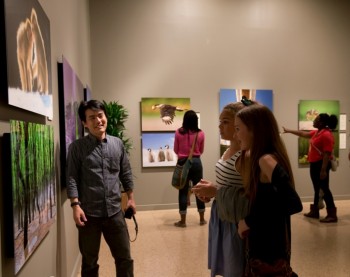 The exhibition brings award-winning nature photography to the public through larger-than-life inkjet prints. The prints for this year’s exhibition were produced with the Epson Stylus Pro 9900 using Epson’s HDR inks. Epson is the official inkjet printer and paper partner for the exhibition.
The exhibition brings award-winning nature photography to the public through larger-than-life inkjet prints. The prints for this year’s exhibition were produced with the Epson Stylus Pro 9900 using Epson’s HDR inks. Epson is the official inkjet printer and paper partner for the exhibition.
“We’re thrilled to work with Epson to display the extraordinary photographic journey from the wild to the walls of the Smithsonian,” says Steve Freligh, Windland Awards Director. “Epson’s exhibition-quality printing technology allows our visitors to experience nature in a fine art print… the closest it comes to what the photographer experienced.”

The Smithsonian exhibition opened on June 7 and features winners chosen from more than 20,000 entries from photographers in 46 countries to the annual Windland Smith Rice International Awards program, hosted by Nature’s Best Photography magazine.
The exhibition showcases the Grand Prize winner (C.S. Ling), the Conservation Photographer of the Year (Frans Lanting) and the Youth Photographer of the Year (Joe Sulik, age 16), as well as finalists selected in 13 separate categories.
The annual photo competition is open to the public and encourages submissions from photographers at all levels of expertise: pros, amateurs and youth.
For more information, visit www.NaturesBestPhotography.com.

